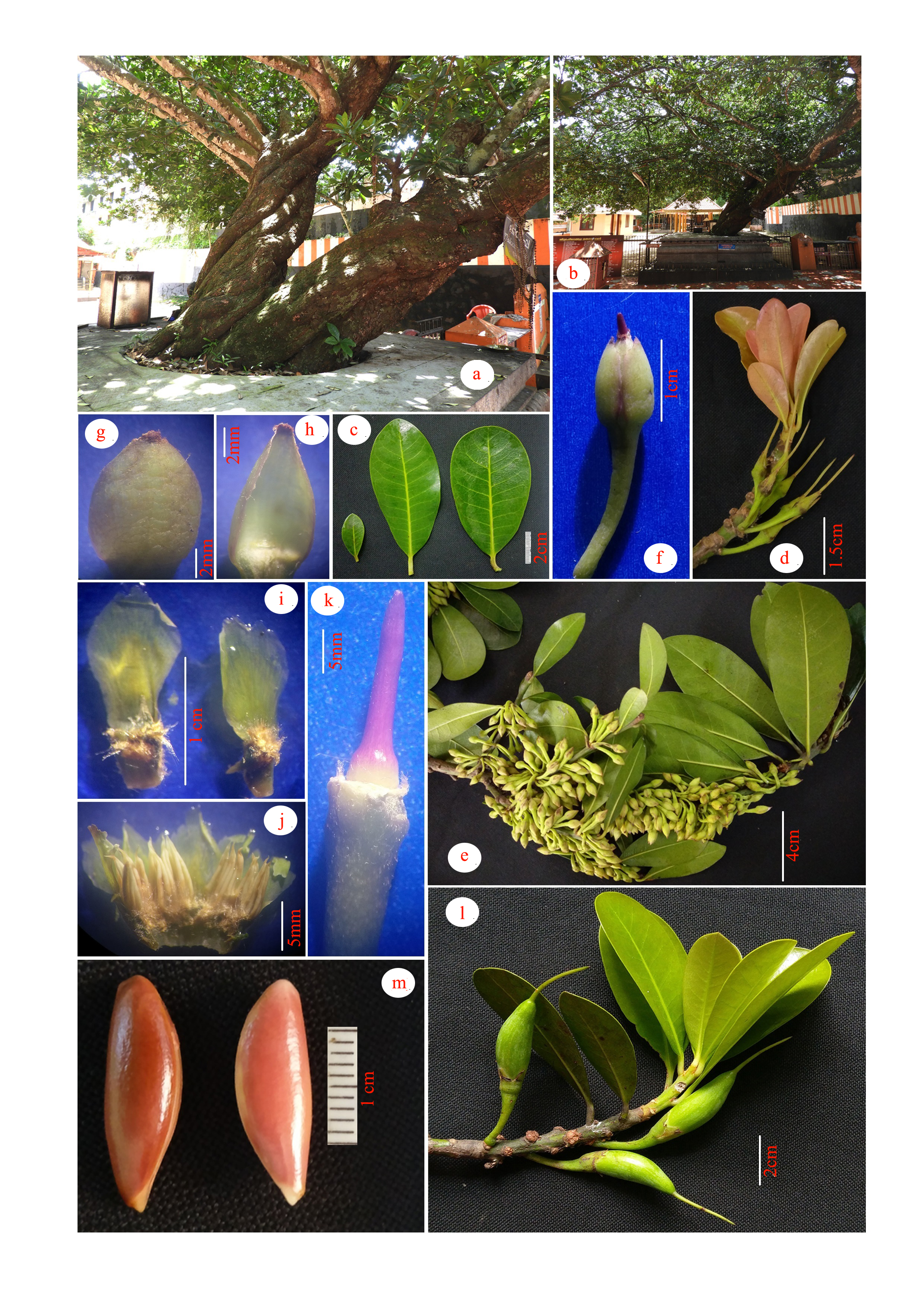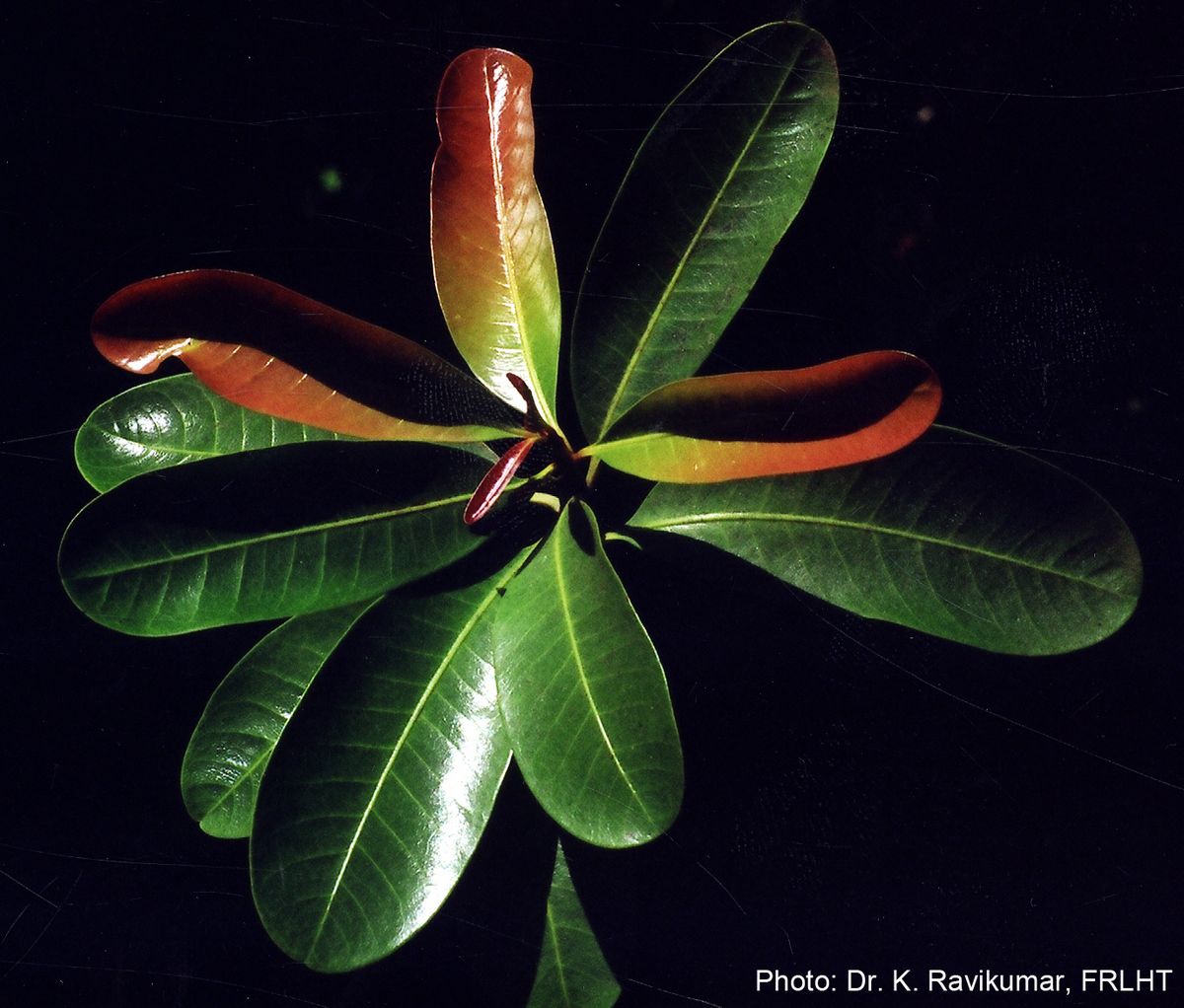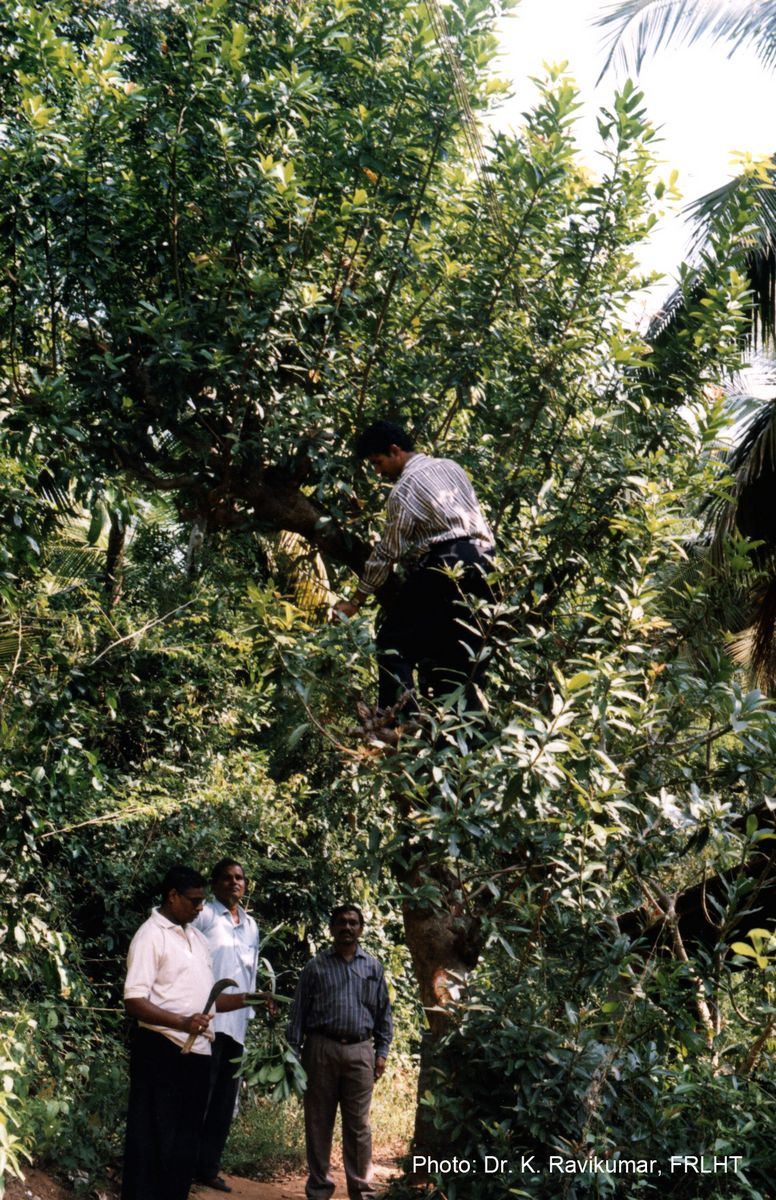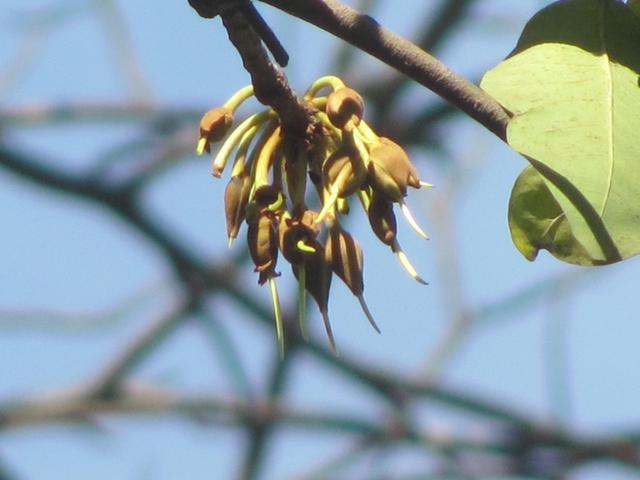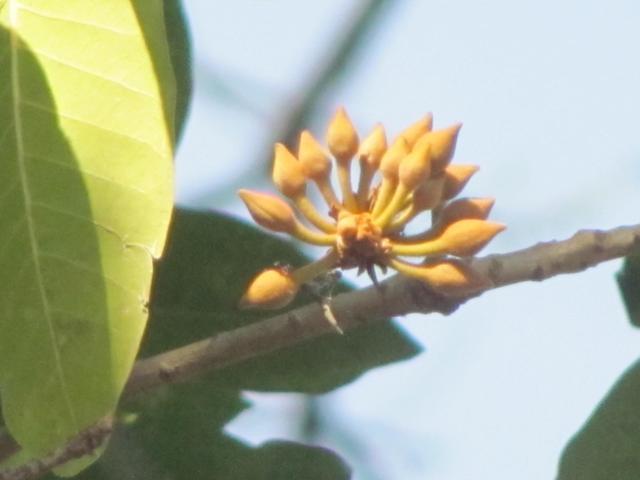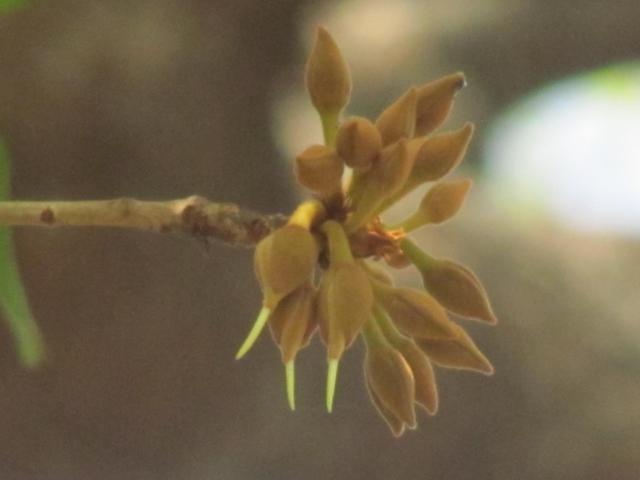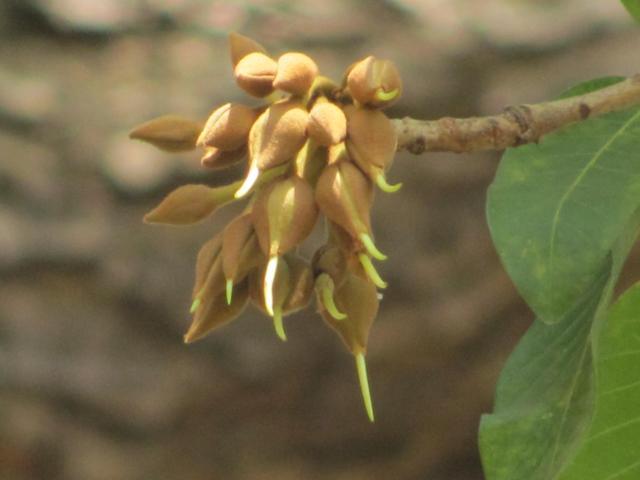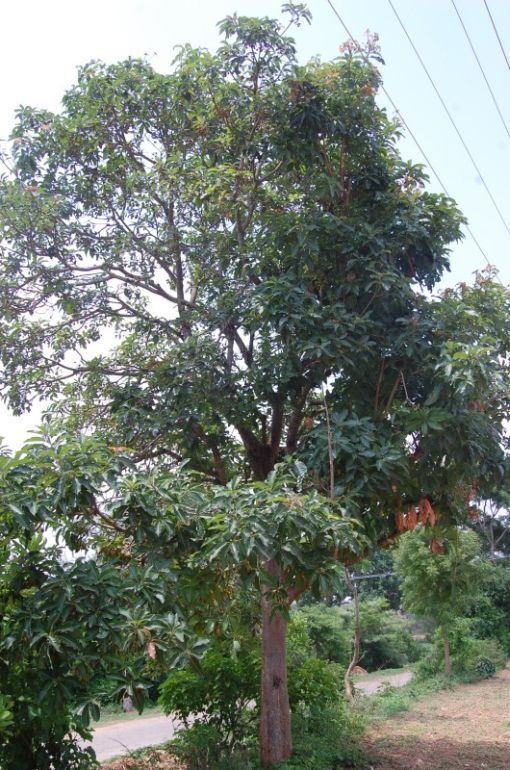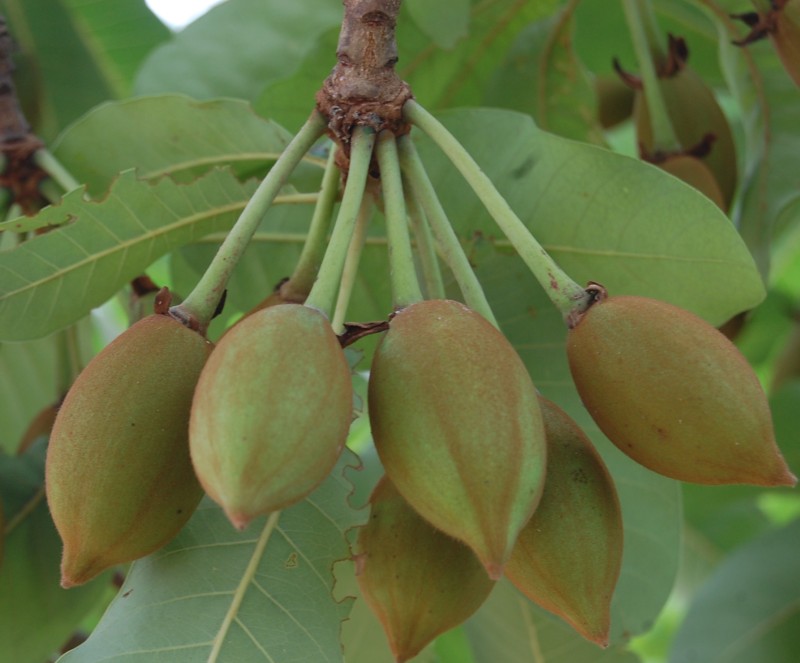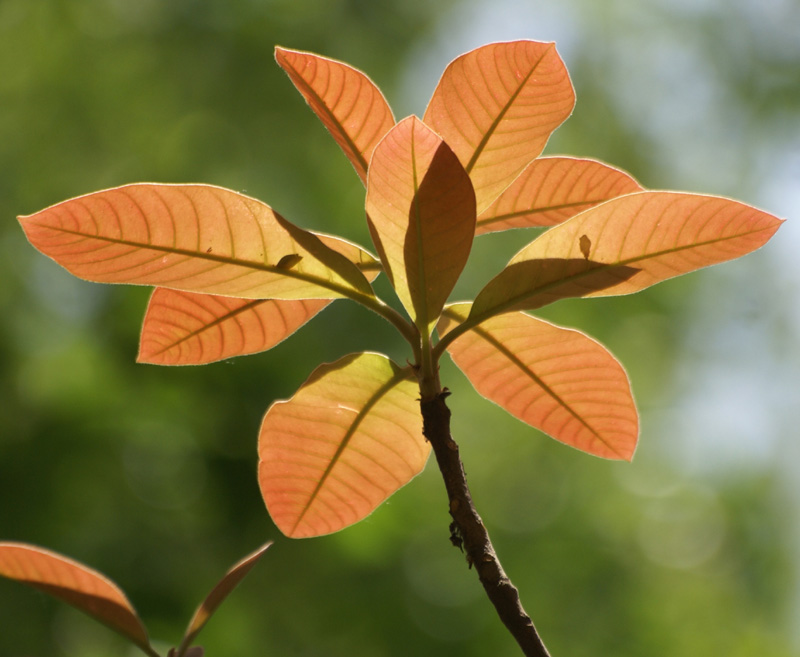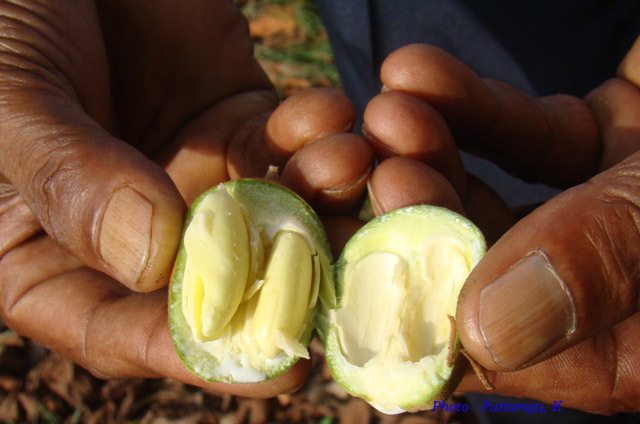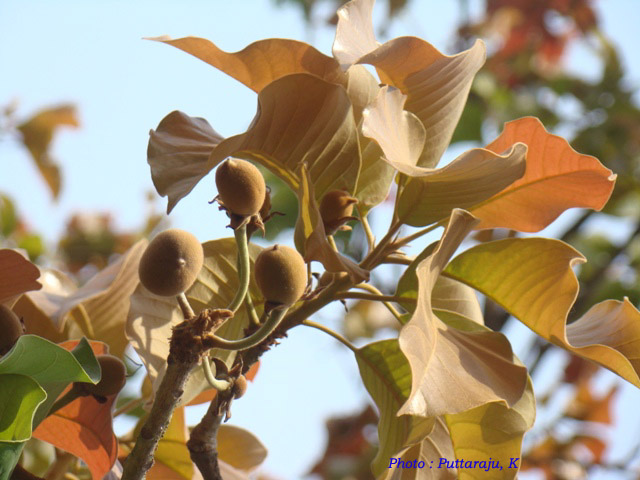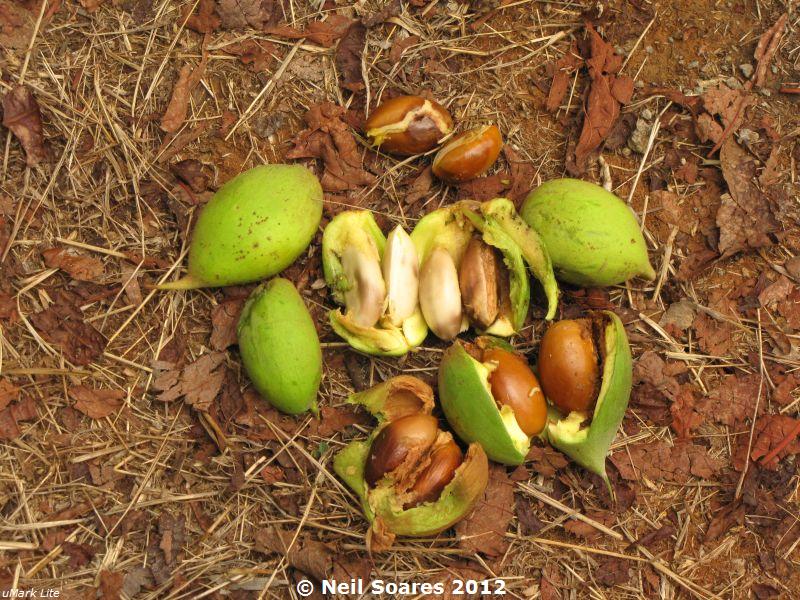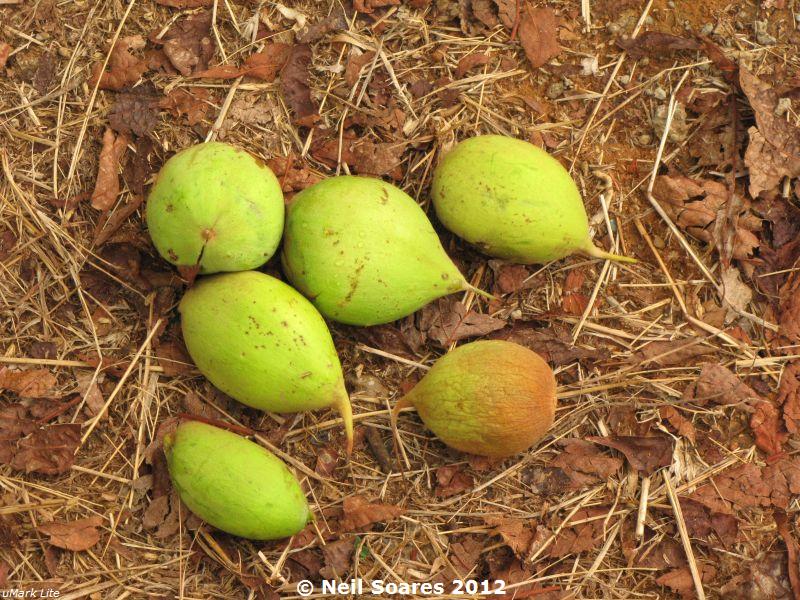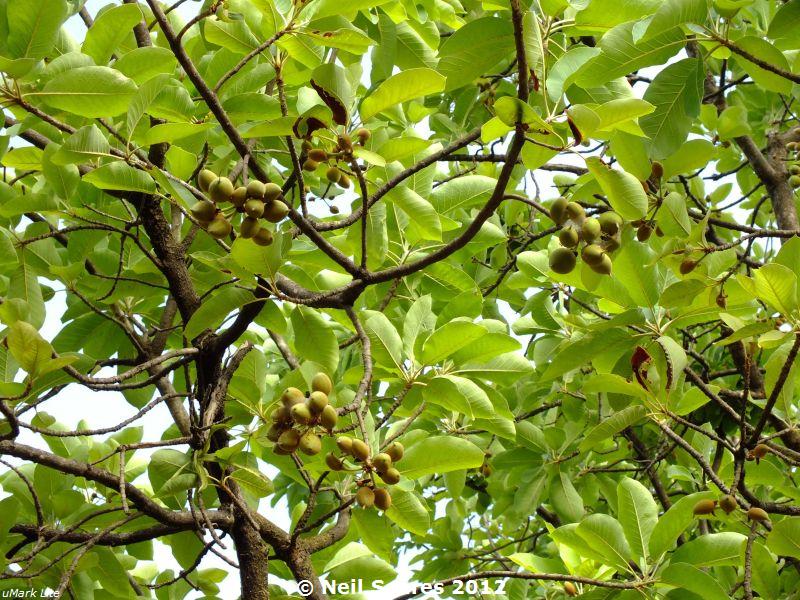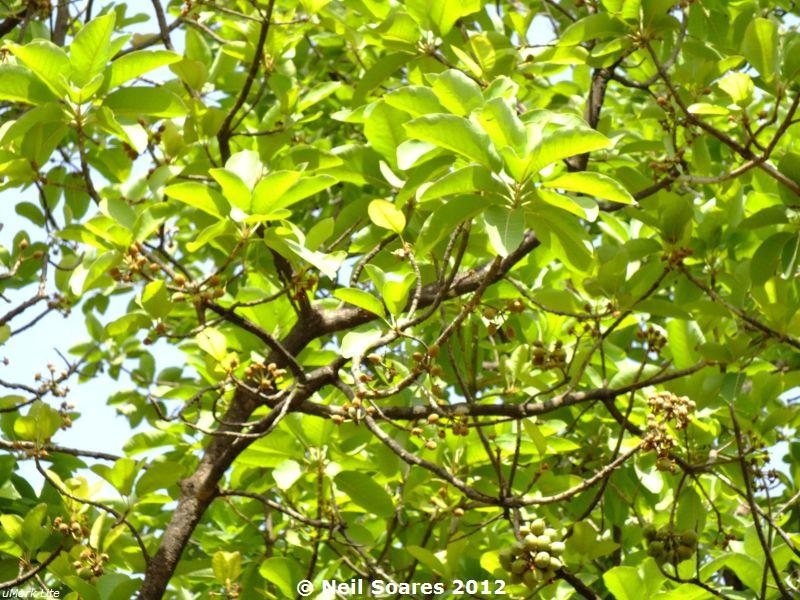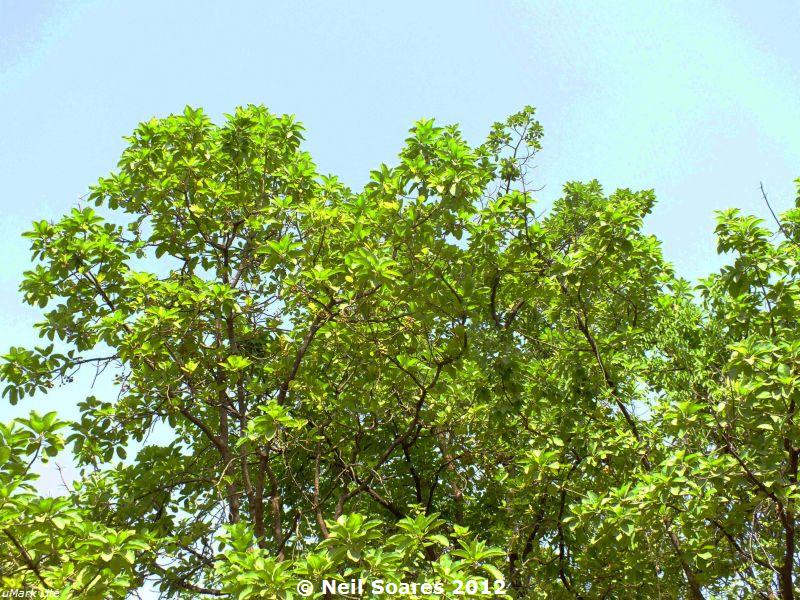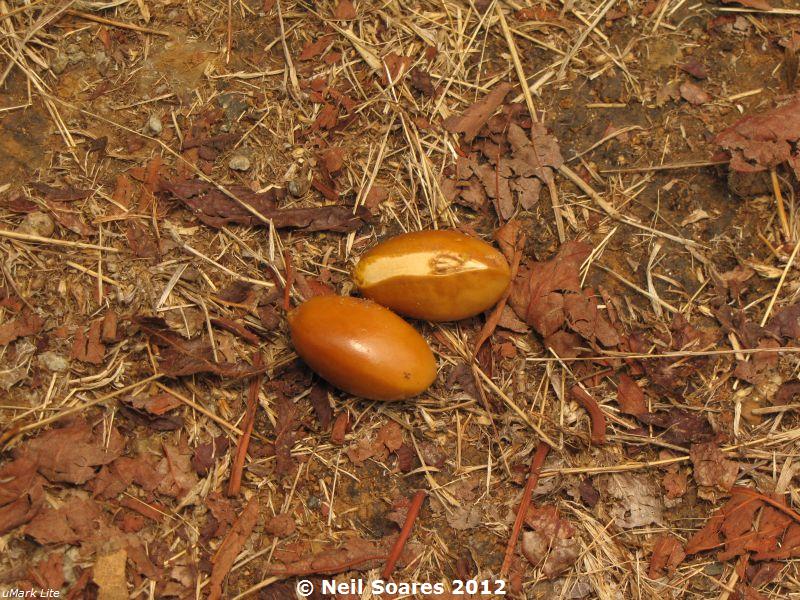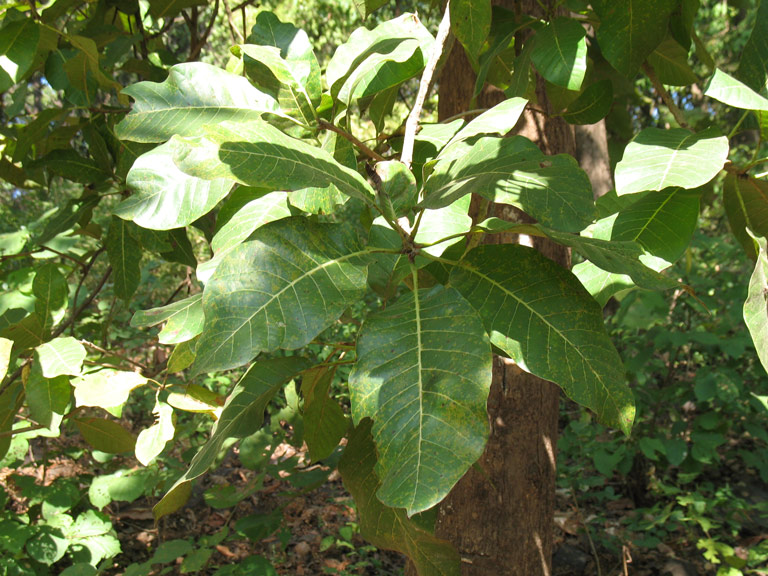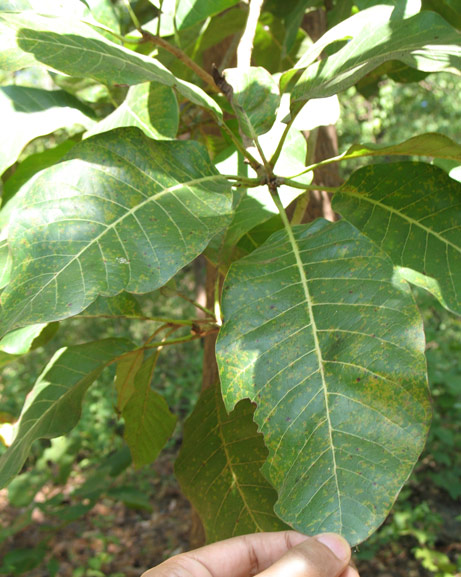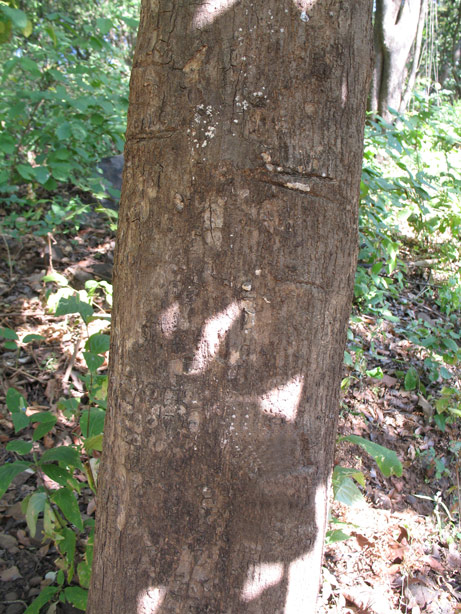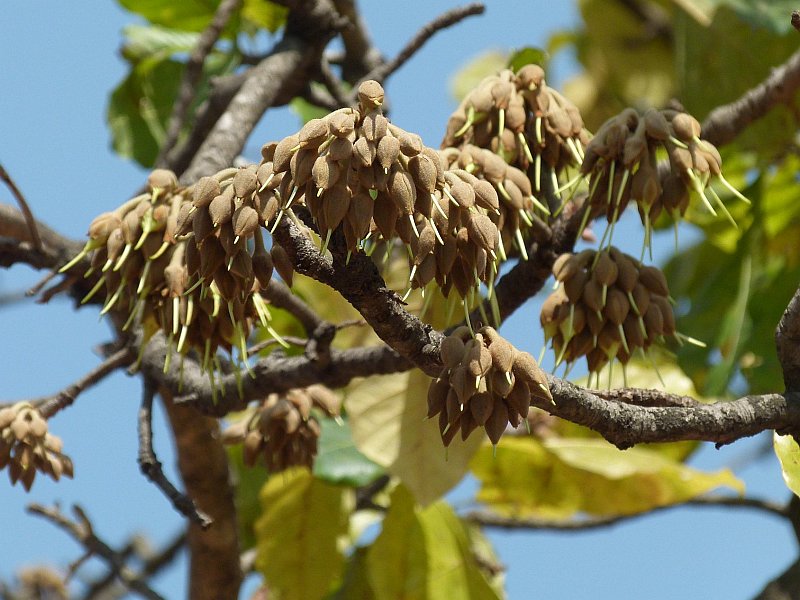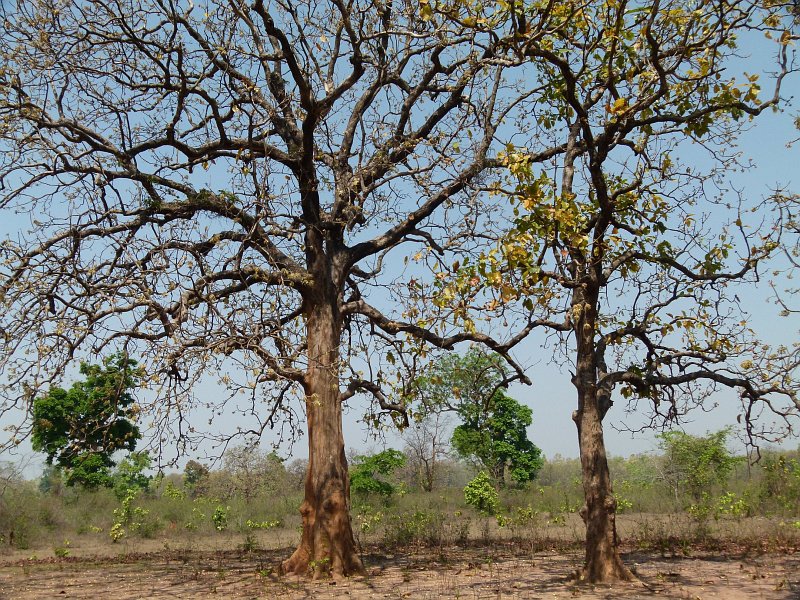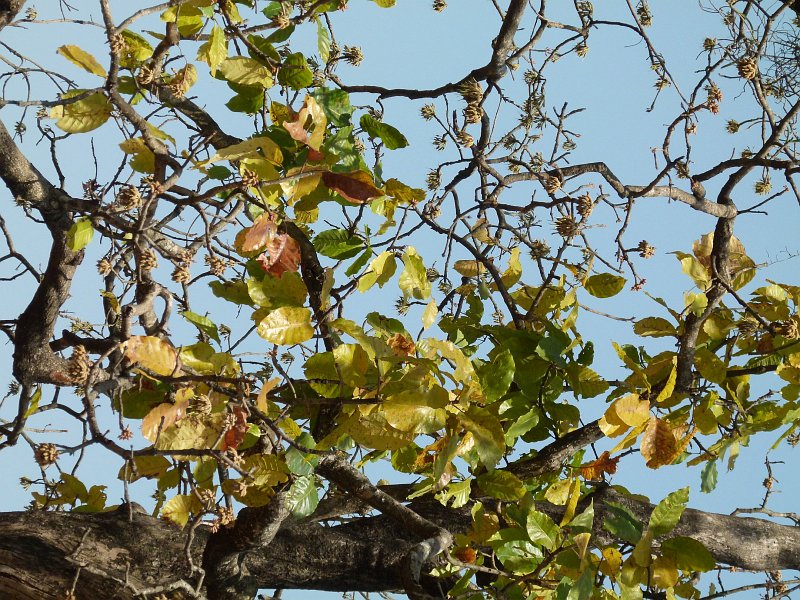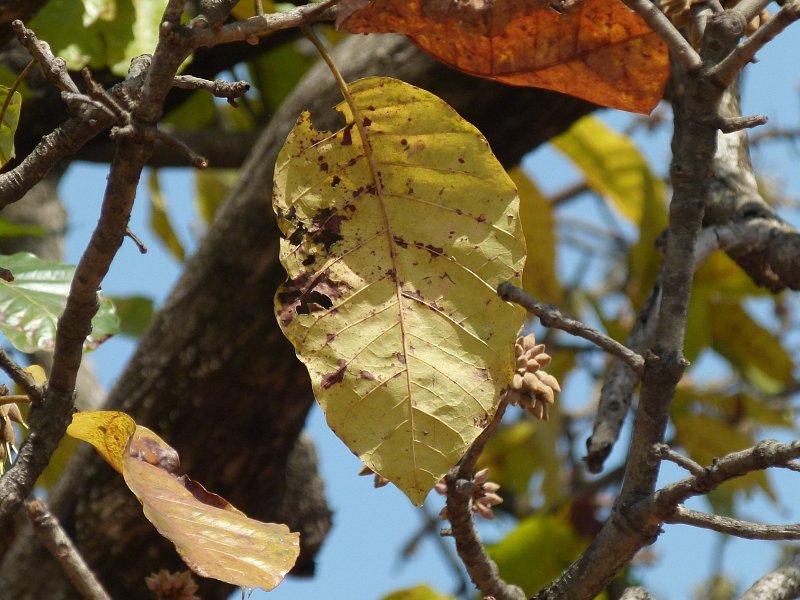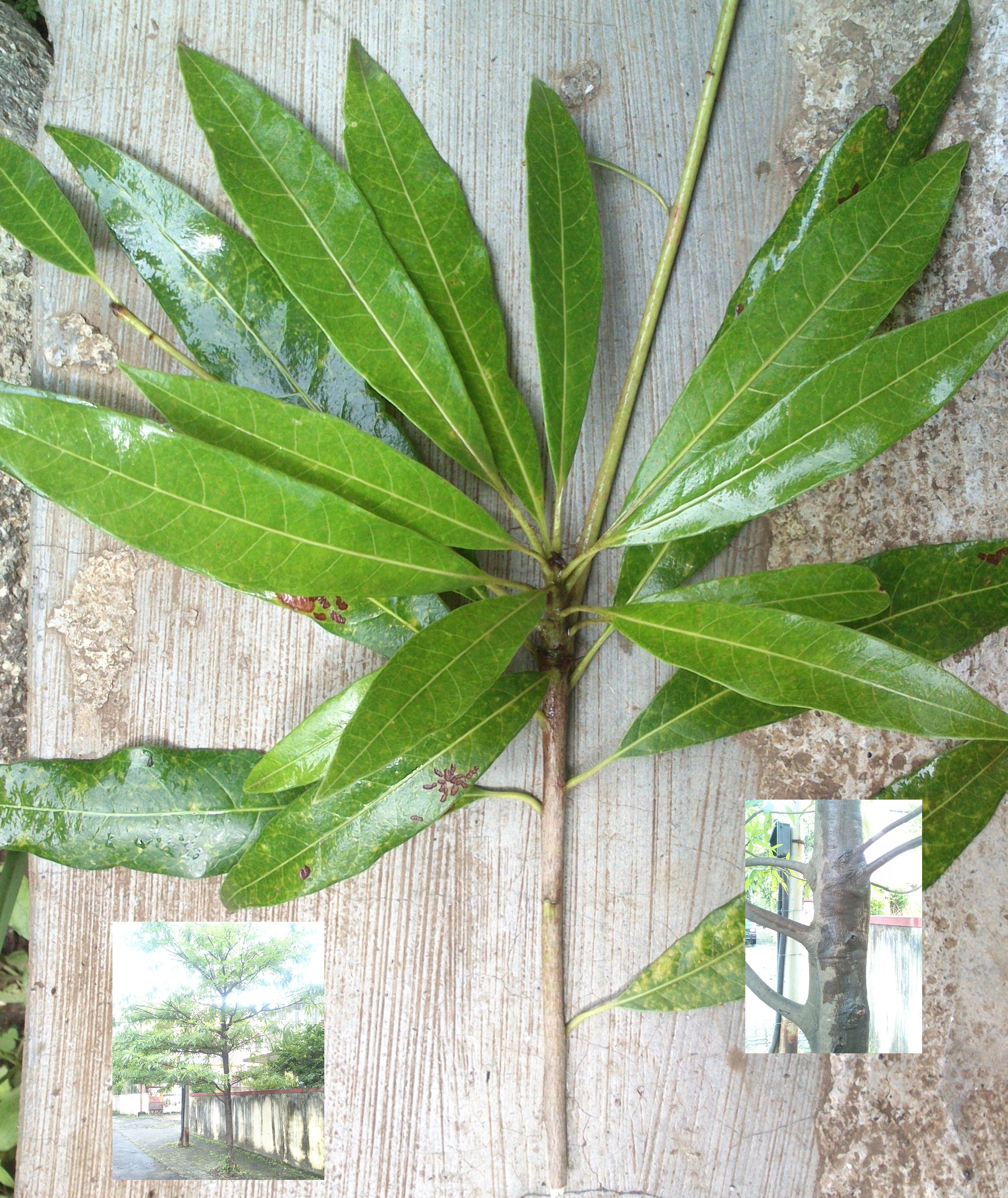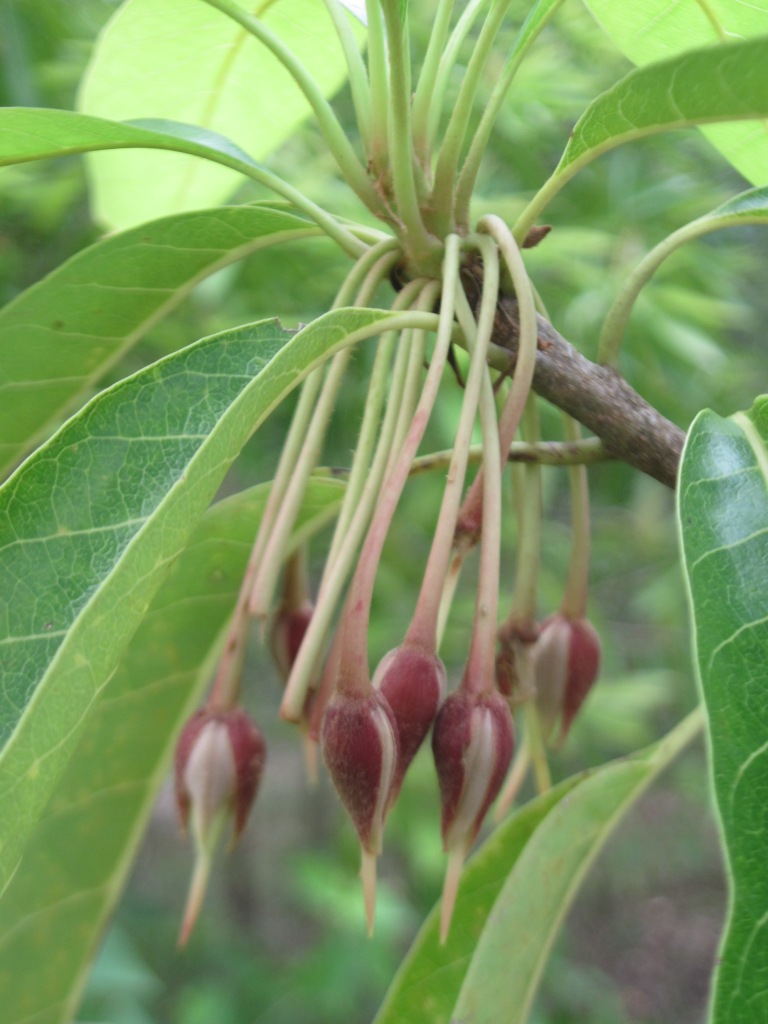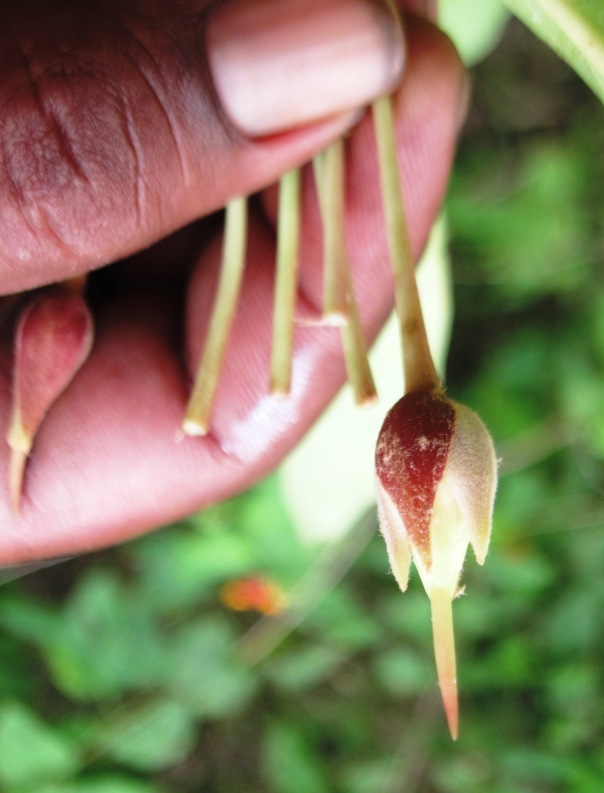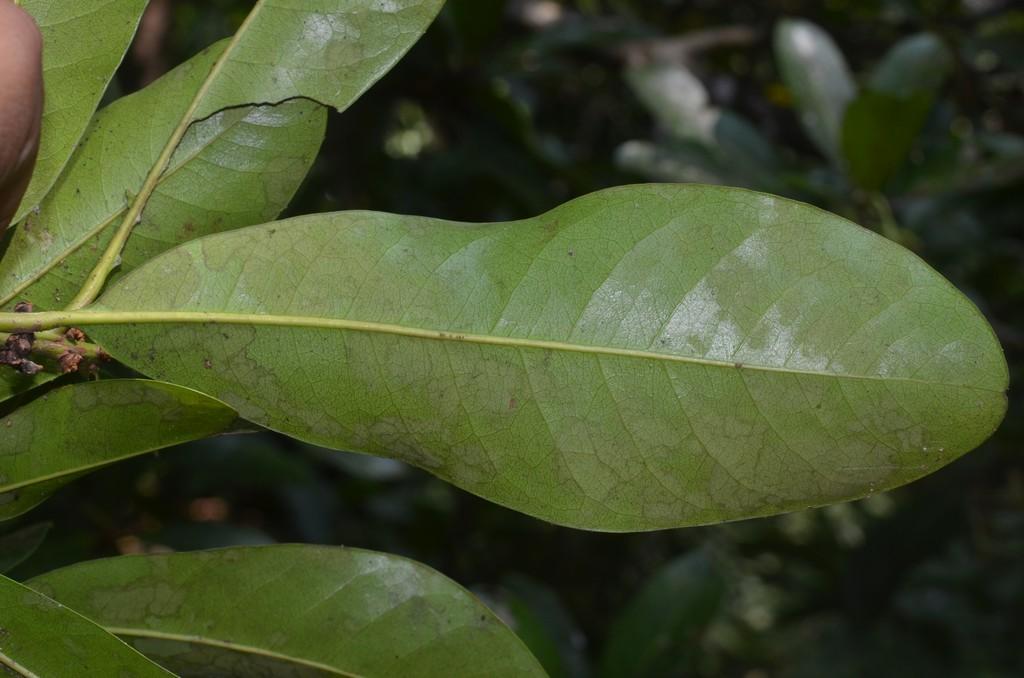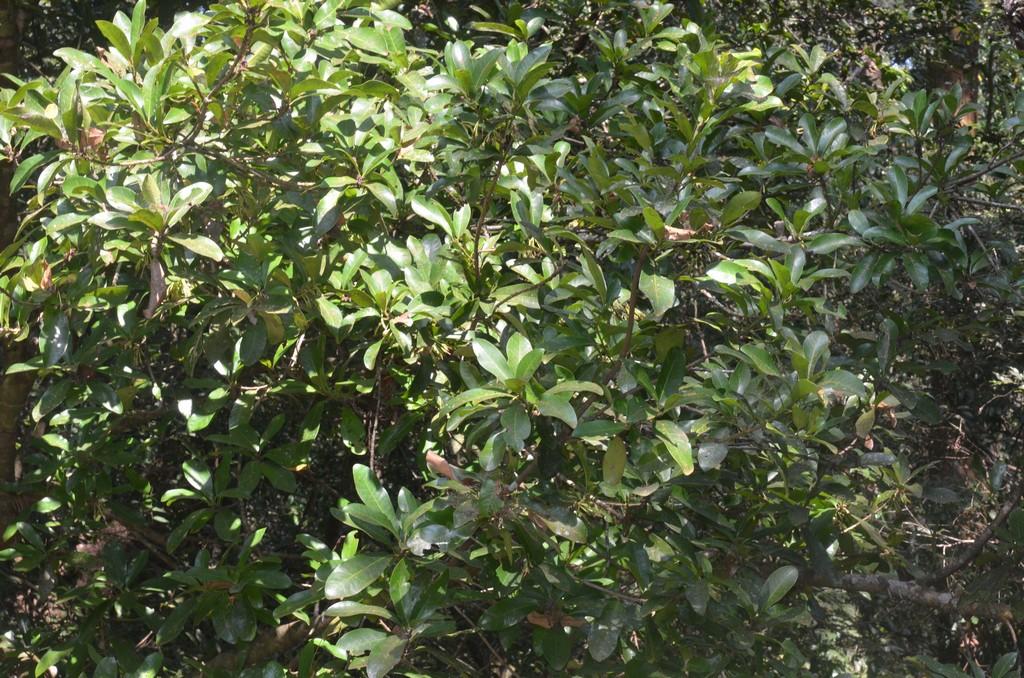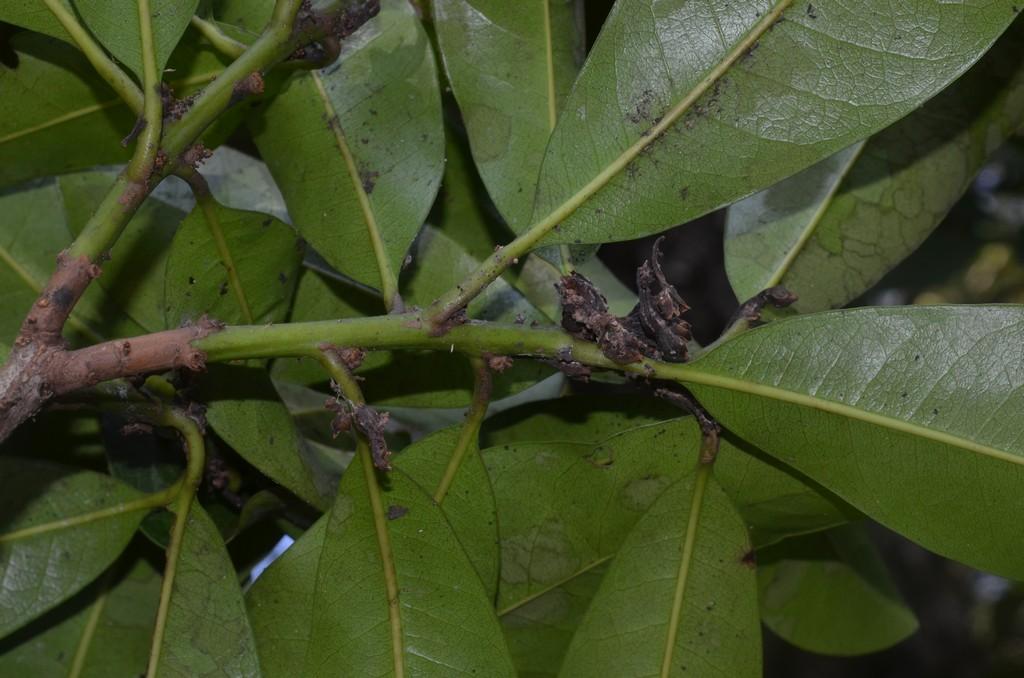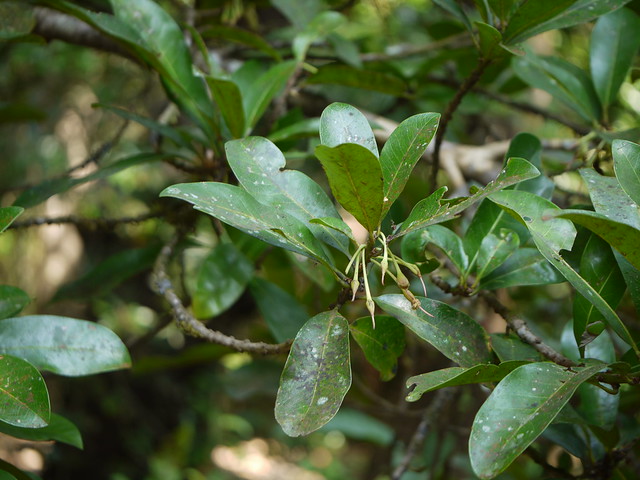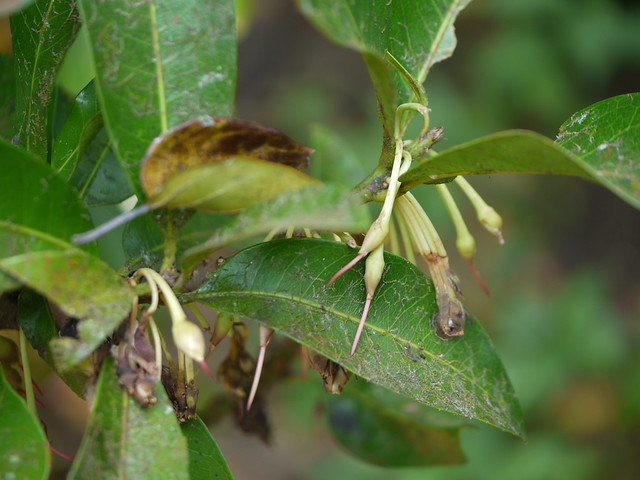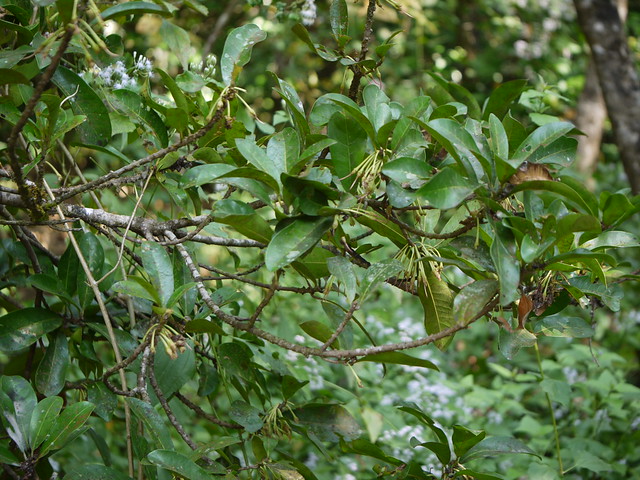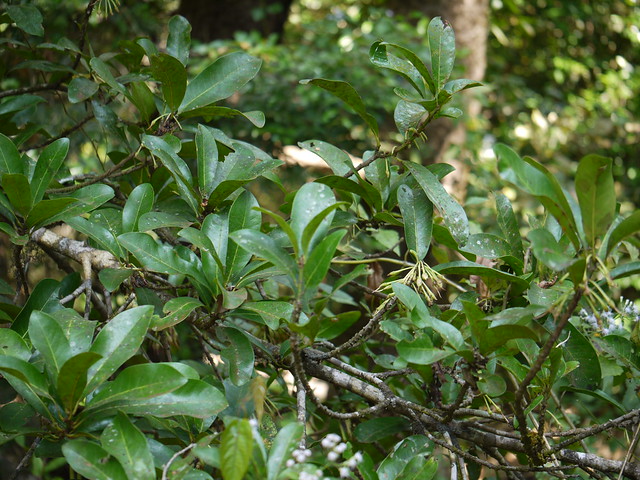 Madhuca bourdillonii (Gamble) H.J.Lam (India (Karnataka, Kerala) as per WCSP)
Madhuca longifolia var. latifolia (Roxb.) A.Chev. (Bangladesh; India; Myanmar as per Catalogue of Life)
Madhuca neriifolia (Moon) H.J.Lam (India and Sri Lanka; in the Western_Ghats- South and Central Sahyadris as per Biotik)
Madhuca bourdillonii (Karnataka and Kerala)
Madhuca fulva (Sri Lanka as per POWO)
Madhuca insignis (Karnataka- Dakshina Kannada and Udupi districts)
Madhuca neriifolia (Karnataka and Kerala)
The ratio of breadth to length (Of a leaf) is more in Madhuca longifolia var. latifolia. (Say 50%) (That’s why it is called as latifolia)- Broader leaves.
The ratio of breadth to length (Of a leaf) is less in Madhuca longifolia var. longifolia (Say 40%or less)… South Indian Mahua (That’s why it is called as longifolia)- Longer than broader but often overall smaller than the other one.) Attaching pictures of Madhuca insignis for comparison. This endemic species is found only in Udupi, Karnataka and is listed by IUCN as ‘presumably extinct’. Its very rare, not cultivated and so no confusion. The leaves are broadly obovate, obtuse (blunt) at apex. Fruits fusiform, smooth i.e. not hairy, with a single seed. Attached our paper on this species for ref.
… pictures are clearly Madhuca latifolia [= M. indica]. Here the fruits are nearly spherical, oblique at apex, hairy, 1-4-seeded; leaves broad. I too think Raghu ji’s pictures belong to this species.
… & … pictures represent Madhuca longifolia, wherein the leaves are like that of mango i.e. narrowly lanceolate, wavy along margin and pointed at apex, again the fruits are oblong and hairy, 1-4-seeded.
Madhuca neriifolia has narrowly oblanceolate leaves with more or less obtuse apex. The fruits are smooth, fusiform, beaked, always with a single seed.
There is one more species earlier known as Madhuca butyracea (now it is Diploknema butyracea) is occasionally met with in India. Known as ‘Indian Butter tree’ and ‘Phulwara’. Original distribution as per GRIN http://www.ars-grin.gov/cgi-bin/npgs/html/taxon.pl?403431 is : Sikkim, UP, A&N Islands in India and also in Bhutan & Nepal. I collected herbarium from Haldwani, Uttarakhand (planted) but couldn’t take a photo. … picture reminds me this species. I am not sure but. The leaves are broadly elliptic with a pointed apex.
Madhuca bourdilonii is an another endemic species, confined to W.Ghats of KA & KL. http://wgbis.ces.iisc.ernet.in/energy/water/paper/Relic/madhuca.htm It is distinct from all the above spp., hence there is not confusion in id. Here the leaves are broadly obovate and densely hairy beneath. Fruits subspherical and smooth, 2-3 seeded.
Madhuca (Sapotaceae)- comparative images : 1 post by 1 author.
Pl. go through Madhuca (Sapotaceae) page with comparative images of species in efloraofindia. On clicking the link of species, one can check the complete details. Genus pages generally give details of most of the species found in India. I request you to pl. go through & point out mistakes, if any. I hope this will aid in identifications in future. If anybody can send images of other species of this genus (for incorporation in the website), if any, or can identify unidentified images, it will be really nice.
|
Madhuca
Updated on December 24, 2024

